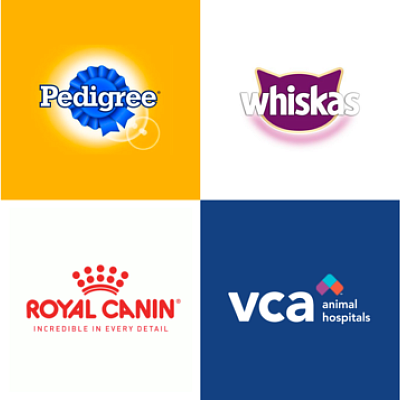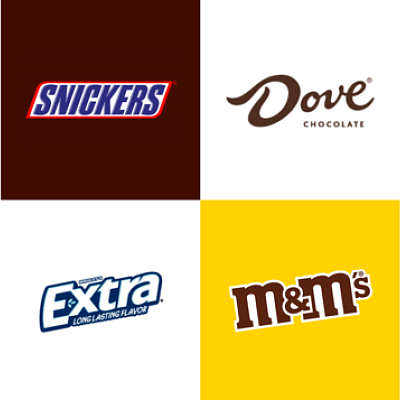An average person scrolls through 300-feet of online content a day. To put things into perspective, that’s about the size of the Statue of Liberty from the ground up. Why exactly does that matter? It means people are also seeing lots of ads.
At Mars, however, we know that quantity doesn’t always mean quality. That’s why we have embarked on a multi-year journey to refresh our advertising with a clearer focus on inclusion. Five years ago, we began working with the Geena Davis Institute on Gender in Media to assess representation in our advertising. We’ve previously reported on gender diversity, but in the spirit of transparency and accountability, we’re also now committing to reporting on ethnic diversity and LGBTQIA+, Disability and Age onscreen representation.
We are pleased to have reached gender parity in on-screen representation across our 2022 advertisements for the very first time, with women now making up 49.9% of all characters shown in our ads. This means we have increased female presence by 51% since 2018. Mars’ content also showed a large increase in the representation of people of color, who now comprise 63% of all on-screen characters. For example, if we take our largest market, in the U.S. 44% of people featured were people of color – which closely tracks data from the latest 2020 census which found that 42.2% of people living in America are people of color.
We’re making progress, but our work is never done. Furthermore, we’re committed to being transparent in our successes, and more importantly where there’s room for improvement, because accountability is critical. The research indicated areas for improvement in the categories of LGBTQIA+ identity (1.6%), disability (0.6%) and of characters who are 60 and older (2%), and we are committed to making positive changes to address them, as we have on several categories to date.
“We’re incredibly proud of the advancements we’ve made in terms of gender and race representation, but the truth is we still have work to do to meet our vision of representation balance in our advertising,” explained Andrew Clarke, President of Mars Wrigley Global.
“Beyond representation, the research we commissioned also evaluated character portrayals – looking at how characters were shown participating in various activities such as shopping, driving, cleaning, cooking, working, socializing, eating/drinking and exercising,” added Clarke. “We saw very few instances of stereotyping and parity on both gender and race for situations such as who was speaking or positions of leadership. In fact, in 2018, female characters were 5x more likely to be doing the cooking in our Mars Foods ads than now. And in 2022, male characters were shown cooking almost twice as often as female characters.”
The study was conducted using the Geena Davis Inclusion Quotient, or GD-IQ, which is a groundbreaking research tool comprised of a hybrid methodology that leverages machine learning to analyze audio and video media content, to analyze 974 characters that were visibly prominent in 413 Mars advertisements that aired in 2022 across our confectionery, petcare and food businesses. While we intend to continue using data to determine points of improvement, we also hope the findings will impact the entire advertising space.
“We’re proud of our long-term partnership with Mars and commend them for the progress they’ve made to systemically improve authentic representation in their advertising,” said Madeline Di Nonno, President & CEO of the Geena Davis Institute on Gender in Media. "We hope Mars’ transparency with these findings will also encourage the larger industry to prioritize equitable inclusion and representation.”
Now more than ever, it’s important to have representation in marketing, from digital media to television and everything in between. Everyone deserves to see themselves in the brands they’ve come to know and love—and Mars takes that responsibility very seriously.
“In the world we want tomorrow, society is inclusive, so it's critical our award-winning advertising features and celebrates the diversity of the audiences who enjoy them and our products around the world,” Clarke shared.
In other words, the goal is simple: Make sure every person feels appreciated, loved and celebrated. With our incredible progress and future plans laid out, we are eager to continue doing our part in building a kinder and more accepting culture in—and outside—of our ads.















